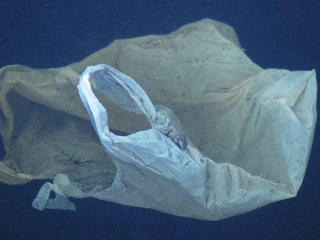From Guest Blogger Emma Sturgis: Which Household Products Have the Worst Environmental Impact?

Air fresheners
No one likes a stinky house, but most traditional home air fresheners are as toxic and chemically active as standard household cleaning products. Spraying them or plugging them in can both damage the environment and your lungs. Instead, open a window and let some fresh air in. Alternatively, simmering some herbs in the oven can fill the house with a clean, nontoxic aroma.
Pet Products
It is a hard pill to swallow, but the majority of pet products are terrible for the environment. From non-biodegradable cat litter to the host of toxic chemicals in flea and tick treatments, standard pet care products for both dogs and cats are seriously harmful for the environment. Thankfully, there are some non-toxic alternatives. Look for natural dog products, like those from Roxy’s Remedies, to replace potentially toxic synthetic ones. You can also make your own organic pet food, organic litter, and even natural hygiene treatments for ticks and fleas.
Plastic bags
Convenient though it may be, popping groceries into a plastic bag is incredibly bad for the environment. Not only will these bags take millennia to decompose, the process used to make them requires fossil fuels that contribute to climate change and the depletion of nonrenewable resources in the environment. Don’t like actively taking part in the creation of greenhouse gasses? Just buy a reusable bag made out of recycled materials. They are cheap, strong, and much better for the environment!
K-Cups
These popular single-serve coffee pods are currently filling up landfills to the tune of 9 billion pods per year. Fortunately, however, both recyclable and reusable alternatives have been released recently. These, like a drip coffee maker or a french press, provide a greener alternative to the unrecyclable cups.
As this list illustrates, with just a little bit of planning ahead we can reduce our carbon footprint without having to sacrifice quality or convenience!

“Air fresheners” are heavily advertised on TV. However, I suspect that they operate by masking odors rather than by eliminating them. Some may be even worse; they may contain chemicals which desensitize the nose. Surely it is better to do something about the source of odors and to use ventilation rather than using chemicals which could have negative consequences. It also helps, when possible, to have garbage containers outside rather than inside.
Some supermarkets give a discount to shoppers who use their own bags. More supermarkets should be encouraged to give such discounts. However, depending on how the bags are used, they should be washed occasionally else they could create a sanitation problem.
Some cities require that garbage and trash be in plastic bags. That prevents spills when the automatic bin dumper on the truck dumps the bins. That may be a situation where plastic bags can be justified.